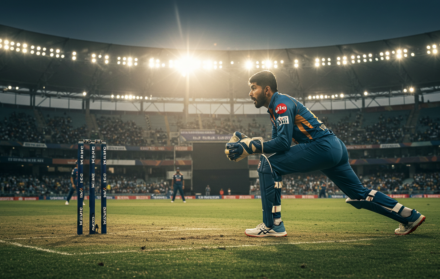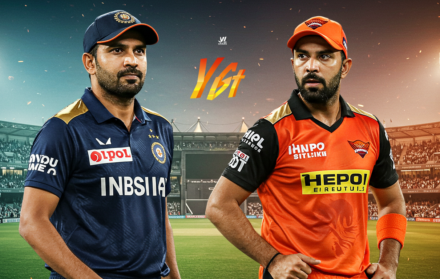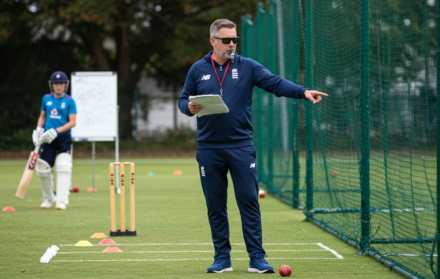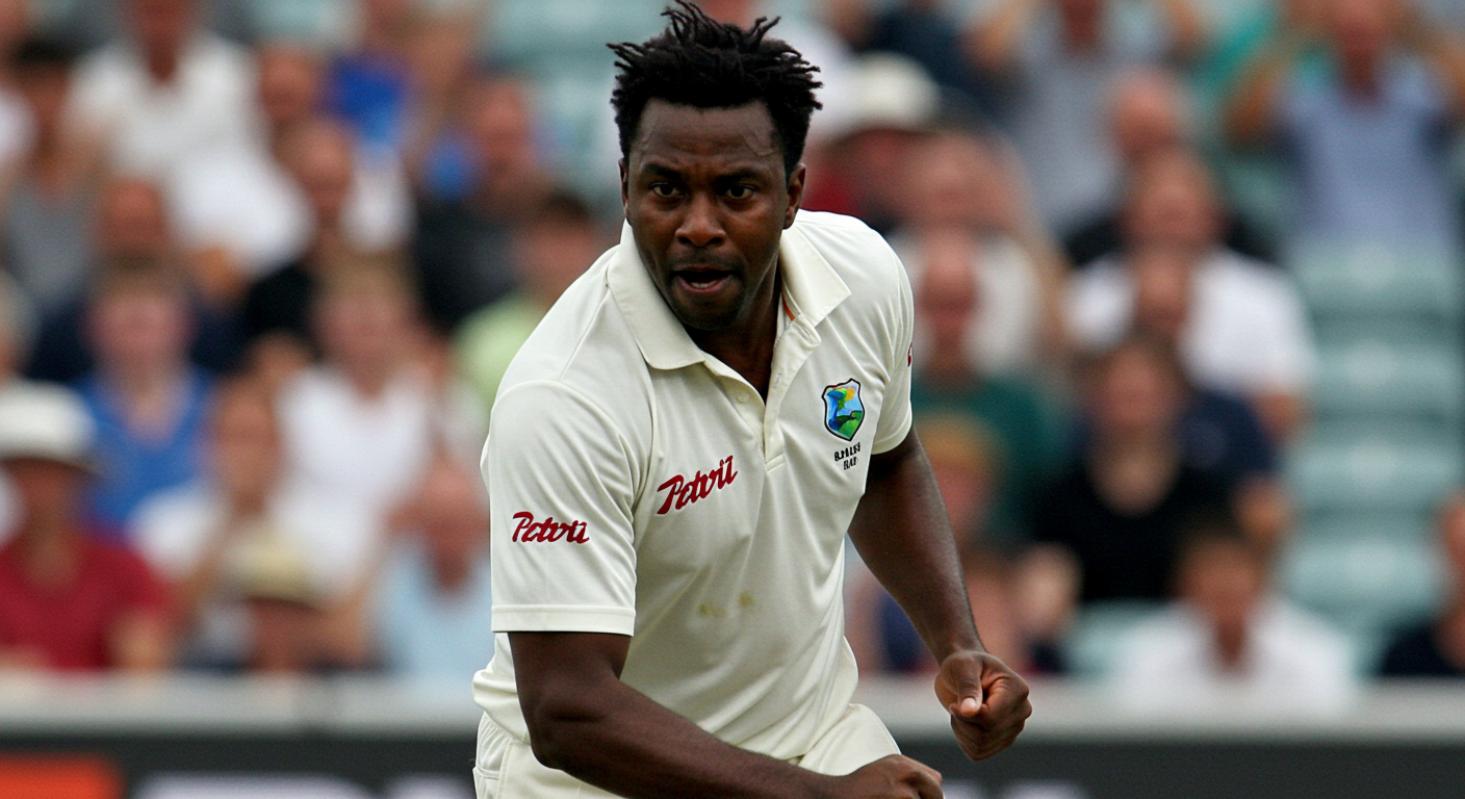
Brian Lara: The Prince of Trinidad and the King of Flair
In a sport obsessed with averages, milestones, and career aggregates, Brian Lara remains one of the few players whose legacy transcends numbers. This is not to say the numbers aren’t there—400 not out in a Test match, 501 not out in first-class cricket, 34 centuries, over 11,000 Test runs. But Lara’s genius lives beyond the data. It exists in the memory of those who saw him bat—how he moved, how he chose moments, how he made risk feel like rhythm.
From the moment he broke into the West Indies side in 1990, Lara was never just a run-scorer. He was a performer, a tactician, and a stylist—equal parts swagger and substance. His Trinidadian roots shaped his grace. His Caribbean heritage fuelled his confidence. He carried the weight of a declining empire on his shoulders, and still, somehow, made it look beautiful.
This article explores Brian Lara not as a historical figure, but as a phenomenon that altered the emotional tone of modern cricket. He didn’t bat to dominate; he batted to express. And in doing so, he gave cricket some of its most unforgettable moments.
The Strokeplay That Redefined Possibility
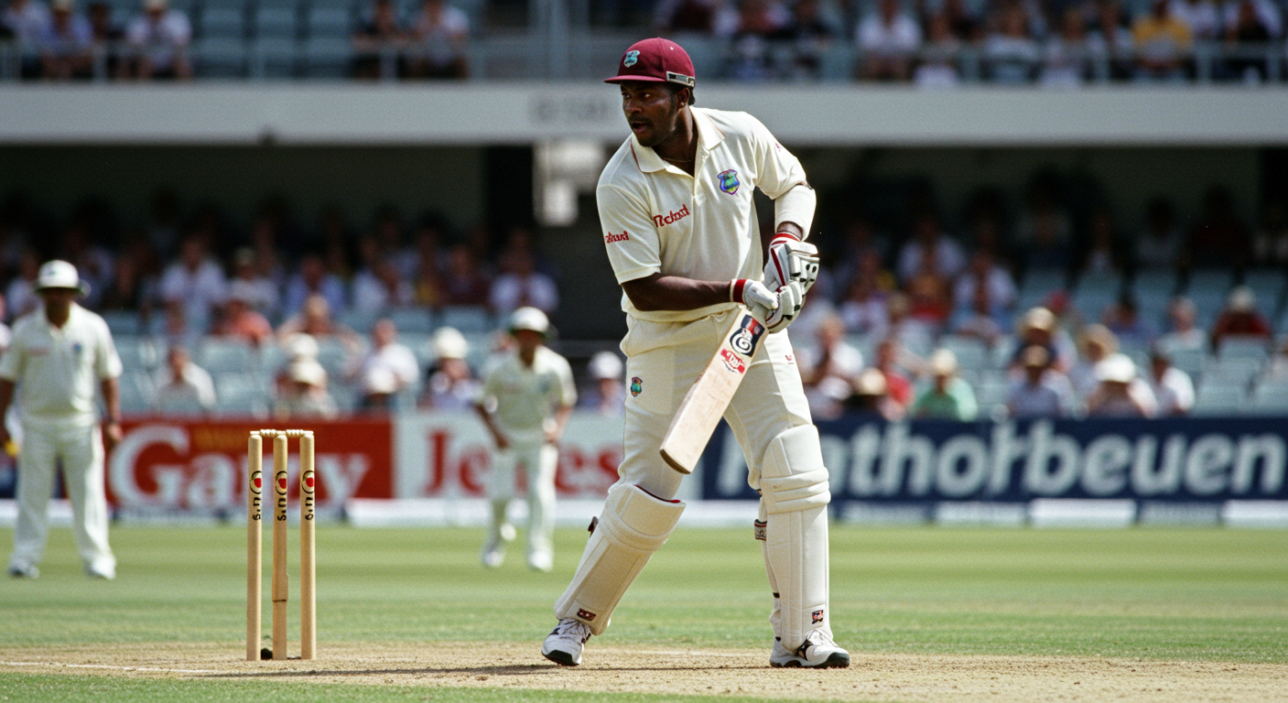
To describe Brian Lara’s batting merely as “attacking” would be to miss the point. He was not aggressive in intent—he was expansive in imagination. His shots did not bludgeon fields into submission; they danced through gaps, travelled past diving fielders like poetry disguised as power.
The signature shot—the high-elbowed cover drive, played late with minimal follow-through—was not just a technical marvel. It was a statement. Lara didn’t just want to score runs. He wanted to do so in a way that expanded what batting could look like. He lifted cricket from method to art.
What made him different from other stroke-players was his spontaneity. He would walk across his stumps and whip the ball through midwicket off off-spin. He would step outside the line and punch fast bowlers inside-out through extra cover. On the same delivery others would block, Lara saw opportunity. He didn’t just react—he created.
He was also unafraid of rebuilding, of taking his time before accelerating. While his best innings are remembered for flair, their underlying structure was often one of discipline. Even his 153* in Barbados—his greatest knock, by many accounts—was as much a lesson in restraint as it was in flourish.
Lara’s timing was not just physical—it was psychological. He knew when to shift gears, when to frustrate bowlers, when to silence crowds. This sixth sense, paired with his astonishing handspeed and balance, made him nearly impossible to contain on his day.
And when he batted well, the match felt less like a contest and more like an exhibition of possibility. Bowlers weren’t outplayed—they were overwritten. Field placements weren’t beaten—they were mocked.
Lara didn’t just score runs. He redefined how they could be made.
The Man Who Rewrote Records
In a format defined by patience and attrition, Brian Lara brought rebellion and brilliance to Test cricket. While others compiled, Lara attacked. While others accumulated, he improvised. Yet it was not recklessness—it was vision. His major innings were not flukes of form, but deliberate feats of endurance laced with flair.
His 375 against England in 1994 was a masterpiece in range and restraint. Over two days in Antigua, Lara scored with elegance, patience, and sharp awareness of the field. It was not a flurry of boundaries—it was a declaration of mastery. He surpassed Sir Garfield Sobers’ 365*, a record many thought untouchable, and in doing so, announced himself not just as a star, but as a standard-bearer of West Indian cricket in its new era.
Yet that wasn’t enough. A decade later, in 2004, Lara would reclaim the world record after it was taken from him by Matthew Hayden. With an astonishing 400 not out, again at St John’s, he showed not only his technical range, but his psychological fortitude. Most great batters switch off once the team is safe. Lara pressed on. Not because he needed to, but because he could. Because he wanted to reassert that when it came to big innings, no one touched him.
But perhaps more revered than his monumental scores are the innings he played under pressure. His 153 against Australia at Bridgetown in 1999* is widely considered his finest. Chasing 308 on a deteriorating pitch against McGrath, Warne, and Gillespie, with a tail for company, Lara produced a knock of equal parts calculation and genius. He shielded the strike, farmed runs, and won the match with a boundary that is still replayed with reverence.
In those moments, Lara didn’t just defy the odds—he seemed to rewire them. His cricket was not just about breaking records, but breaking rhythm—changing how the match felt, how bowlers bowled, and how spectators remembered the game.
He was not always consistent. But at his best, he was the most dangerous batter in the world—because there was no plan, no field, no length that could contain him for long.
Brilliance in a Declining Empire
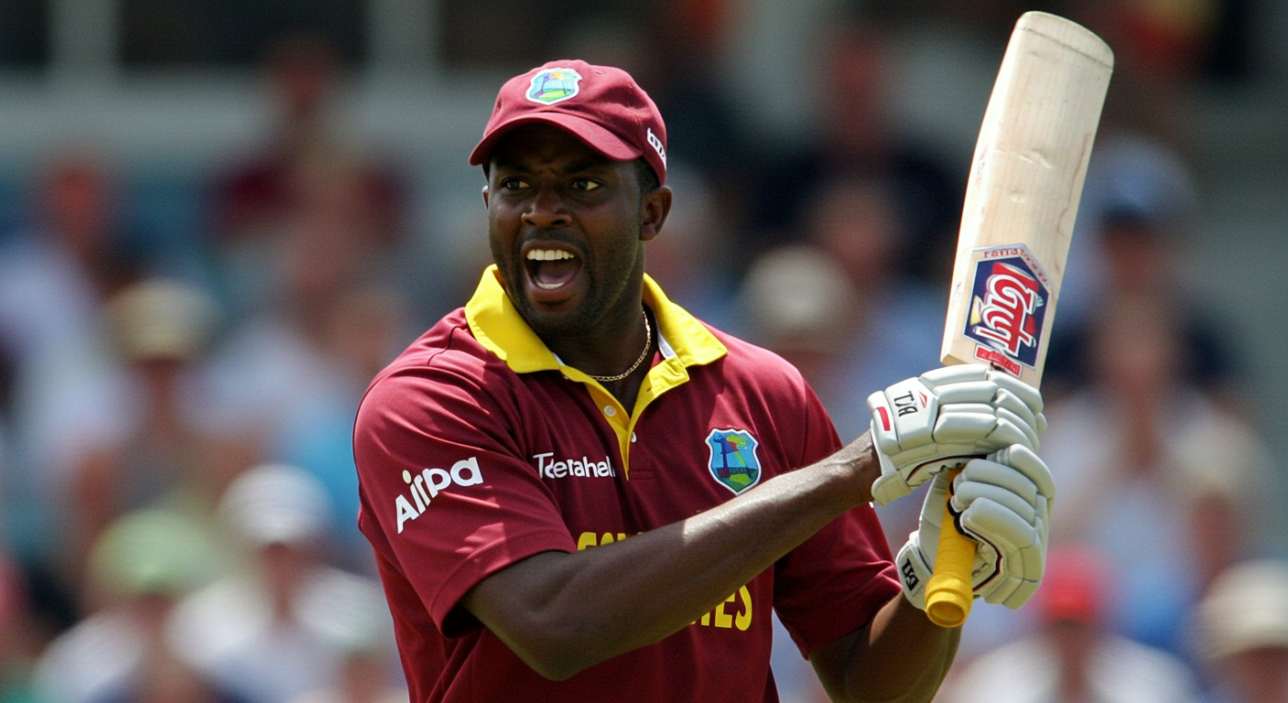
For much of his career, Brian Lara was burdened by a contradiction: he played some of the finest innings in the history of Test cricket for a side that was no longer great. The West Indies of the 1990s and 2000s were no longer the terrifying machine of the ’70s and ’80s. The aura had dimmed. The wins were fewer. The cracks were visible.
Lara stood at the centre of this transformation—a lone pillar of excellence in an increasingly fragile house. He didn’t just carry a team. He carried an entire cricketing region’s hope. And while his flamboyance made headlines, it was this emotional weight that defined much of his career.
He was often accused of selfishness—of chasing personal milestones instead of team results. But this criticism rarely held up to scrutiny. More often than not, Lara’s centuries were match-saving, not indulgent. When he failed, West Indies lost. When he succeeded, they competed. The team’s dependence on him was so absolute, it blurred the line between brilliance and responsibility.
As captain, his results were mixed. He wasn’t a natural leader in the traditional sense. He didn’t possess the tactical discipline of a Waugh or the calming authority of a Dravid. But he led with example—by batting, by believing, and by taking risks when few around him seemed capable of doing so.
His clashes with the West Indies Cricket Board were frequent and often public. He criticised mismanagement, campaigned for better conditions, and stood up for his teammates. He was not easy to manage—but he was impossible to ignore.
In another era, surrounded by structure and stability, Lara might have won more. But perhaps it’s fitting that his greatness came in chaos. Because it showed us that even as the empire cracked and the crown dulled, the prince still knew how to shine.
The ODI Star Who Played Like a Poet
Brian Lara’s dominance in Test cricket is well documented, but his contribution to one-day internationals deserves far more recognition. In a format evolving quickly towards power-hitting and risk-heavy innovation, Lara maintained a unique blend of tempo and touch. He could accelerate at will, but he did so with a sense of rhythm and poise that elevated his strokeplay beyond the mechanics of scoring.
Lara finished his ODI career with over 10,000 runs, 19 centuries, and a strike rate that—while modest by today’s T20-influenced standards—was considered commanding in the 1990s. But more important than the stats was the manner in which he constructed his innings. Whether chasing or setting targets, Lara brought a method to the madness of one-day cricket. He was never out of step with the game’s pace, and yet he never sacrificed his style to match it.
His innings in the 1996 World Cup quarter-final against South Africa remains one of his most celebrated ODI performances. Facing a potent attack and a mounting run rate, Lara scored a blistering 111 off 94 balls—an innings of controlled aggression and elegant dominance. It wasn’t the most brutal hundred of the tournament, but it was arguably the most tactically perfect.
Lara also embraced the big occasion. He scored heavily against the best teams, often carrying a brittle middle order through difficult phases. He took risks, yes, but they were calculated. His inside-out drives against spinners, his uppercuts against quicks—he played shots that looked effortless, even when the pressure wasn’t.
As the T20 revolution began, Lara didn’t adapt because he had nothing left to prove. He had already changed the way ODIs could be approached: not just with aggression, but with artistry. He wasn’t a pinch-hitter. He was a painter with a willow, filling the gaps between overs with strokes that rarely needed repetition to be remembered.
Sachin, the Benchmark—and the Mirror
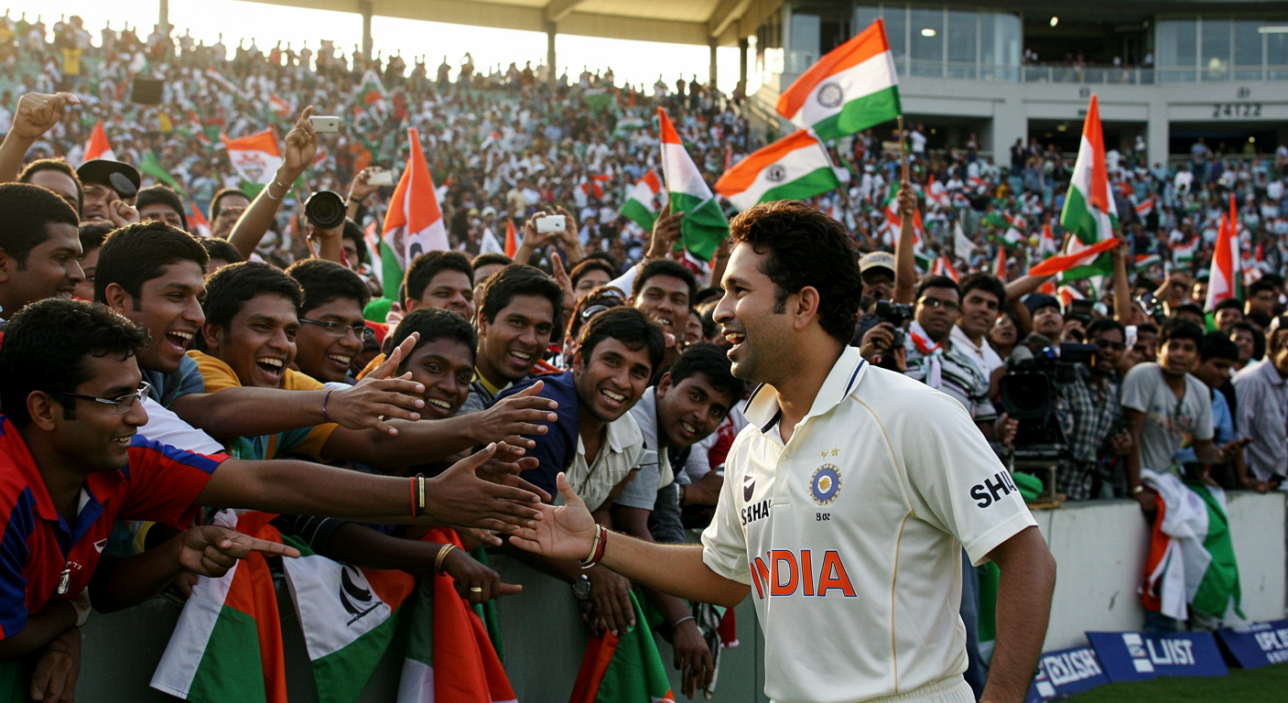
Throughout the 1990s and early 2000s, no cricket conversation was complete without mentioning two names in the same breath: Brian Lara and Sachin Tendulkar. The comparisons were inevitable. They were both left-handers of rare skill. Both carried enormous national expectations. Both debuted young, scored prolifically, and defined an era where the bat reigned supreme.
But Lara and Tendulkar were not identical. Their styles, temperaments, and circumstances diverged sharply. Tendulkar was meticulous, grounded in textbook orthodoxy, a master of repetition and restraint. Lara was improvisational, volatile, and unpredictable, often producing the outrageous where the percentage play would do.
Where Tendulkar had the support of a rising Indian cricketing ecosystem—backed by financial power, organisational structure, and a growing team—Lara operated in a more turbulent environment. West Indies cricket was fracturing. The administrative support was lacking. Yet Lara, alone, matched Tendulkar in output and often surpassed him in sheer drama.
The numbers favour Tendulkar in longevity and consistency. But Lara’s peaks were arguably higher. He scored more double centuries. He broke the individual Test record twice. He played innings that remain reference points not just for fans, but for fellow professionals.
What defined their rivalry was not animosity, but mutual reverence. In interviews, Tendulkar has spoken glowingly of Lara’s genius. Lara, in turn, never shied away from acknowledging Sachin as a once-in-a-generation talent. They weren’t enemies—they were each other’s measure.
Their rivalry gave shape to a generation’s understanding of batting excellence. It gave cricket two distinct philosophies—one built on perfection, the other on possibility. Both succeeded. Both endured. And both, in their own way, taught us that greatness wears many faces.
Beyond the Boundary: Cultural Icon and Mentor
Brian Lara’s cricketing legacy is indisputable, but his influence stretches well beyond what he did with bat in hand. In Trinidad and across the Caribbean, Lara became far more than an athlete—he became a cultural icon, a figure whose success symbolised excellence not just in sport, but in Caribbean identity, aspiration, and pride.
He gave West Indies fans something to hold onto during a turbulent era for regional cricket. When the great fast bowling dynasties faded and the dominance of the 1980s slipped away, Lara emerged as a reminder that brilliance still existed in the Caribbean. He didn’t just represent Trinidad—he carried the emotional weight of a cricketing culture yearning for relevance.
The renaming of Trinidad’s national cricket stadium as the Brian Lara Cricket Academy is not just ceremonial. It reflects the depth of his contribution—not only as a player, but as a mentor and ambassador. Lara has continued to work with emerging players across the Caribbean, offering technical advice and emotional guidance, particularly to young batters trying to navigate the expectations that once followed him.
He’s also taken on a visible media presence: articulate, insightful, and rarely self-congratulatory. In an era of manufactured commentary, Lara’s voice remains measured, detailed, and rooted in experience. Whether he’s analysing West Indies’ batting collapses or offering encouragement after rare triumphs, he speaks with the authority of someone who has lived both glory and hardship.
There’s a timelessness to Lara’s influence. New generations still watch his 400*, still imitate his high backlift in coaching clinics, still turn to YouTube to study his footwork and flair. He doesn’t belong to the past—he continues to shape the future.
Brian Lara: The Genius Who Played on His Own Terms
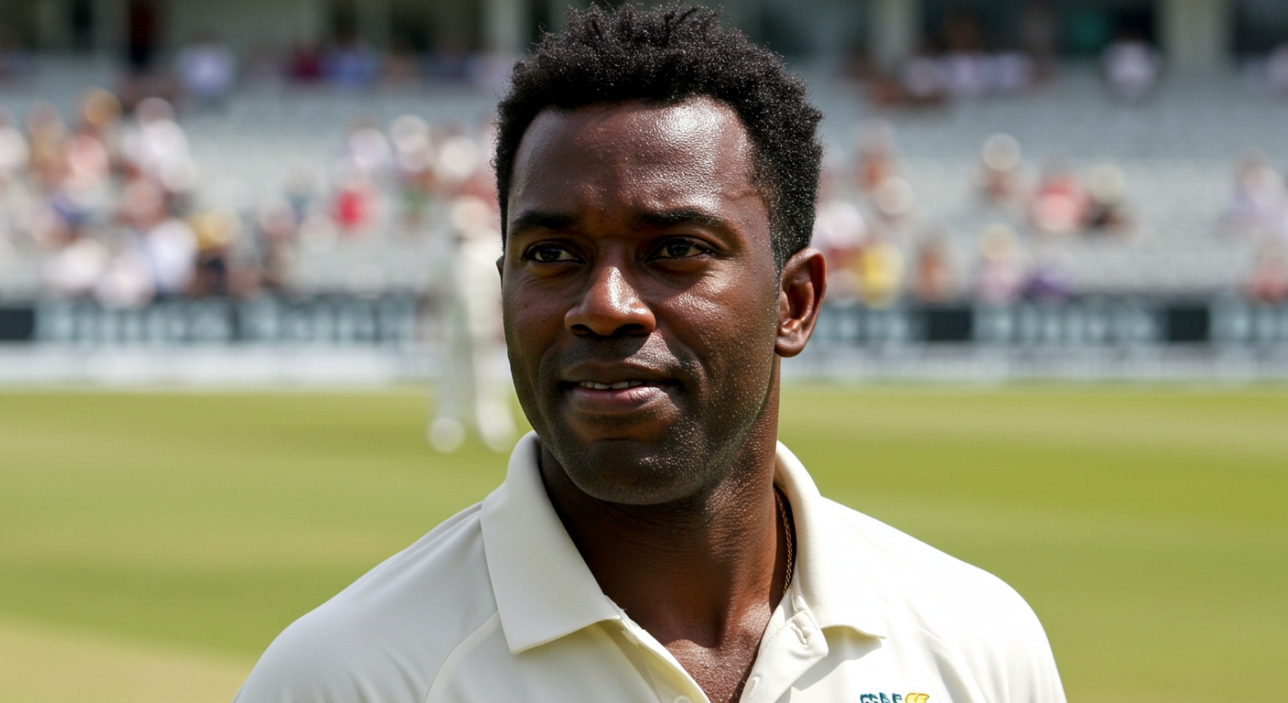
Brian Lara didn’t play cricket to fit a mould. He played to express something deeper—something individual, unpredictable, and utterly captivating. At his best, he made batting look like a form of liberation. Not just for himself, but for those who watched him. Every innings felt like a personal signature. Every stroke, a message that art could still matter in a game increasingly ruled by systems.
His legacy will always resist tidy categorisation. He was too mercurial to be consistent, too spontaneous to be mechanical. But that was the point. Lara reminded the world that greatness need not conform to patterns. It could flick through midwicket one ball and glide through cover the next. It could start at 0 and finish at 400, and make every run feel necessary.
He was criticised for chasing personal milestones, for inconsistency, for clashes with administrators. And yet, even his critics were forced to watch. Because when Brian Lara was batting, you never knew what cricket might become in the next over.
He didn’t have the support system Tendulkar had. He didn’t always have a team around him capable of greatness. But he made something from nothing—again and again—and left behind moments no statistics table can fully hold.
Today, in an era of algorithm-driven batting and risk-managed innings, Lara’s genius feels more precious than ever. He was a player who took chances not because he had to, but because he believed cricket was supposed to be beautiful.

